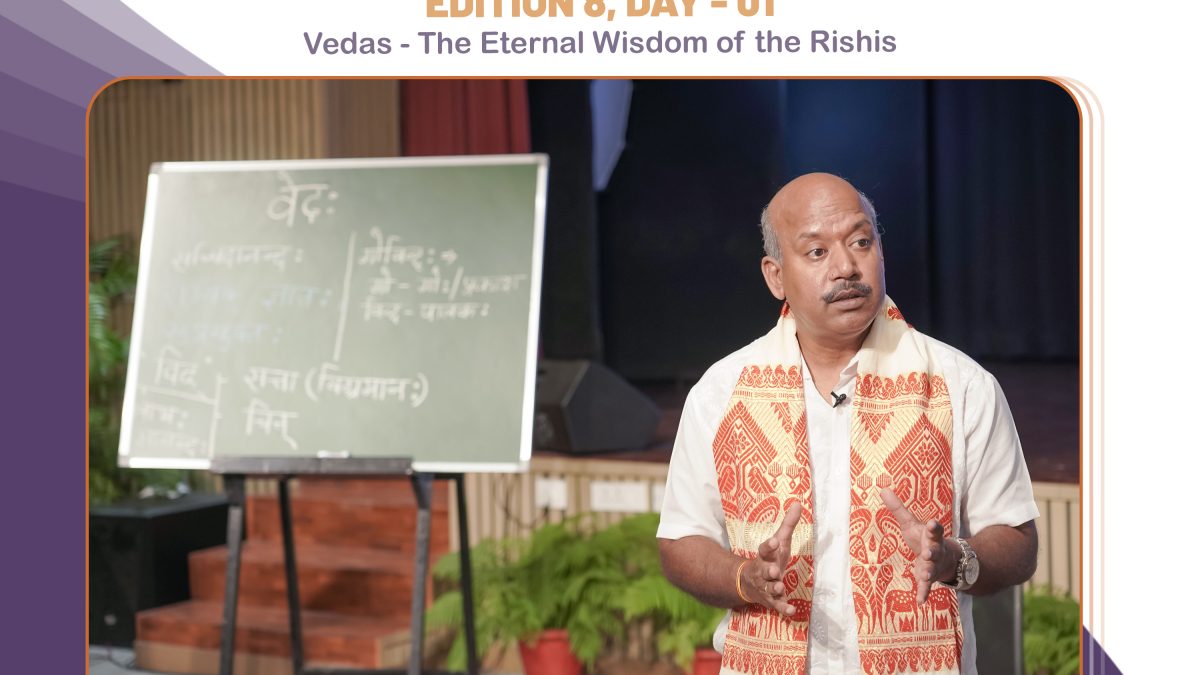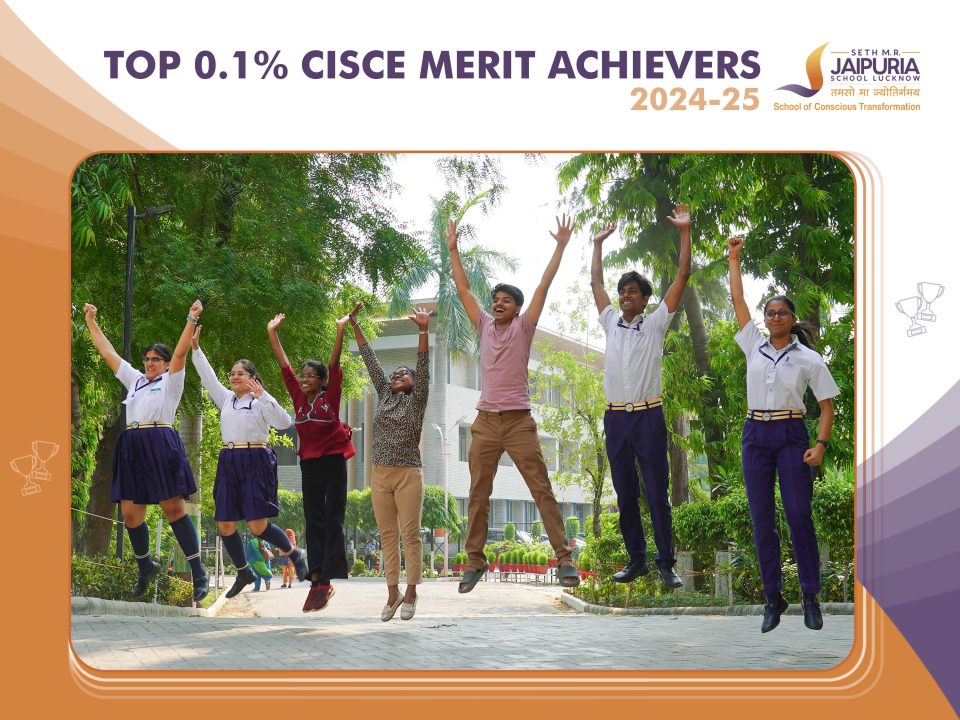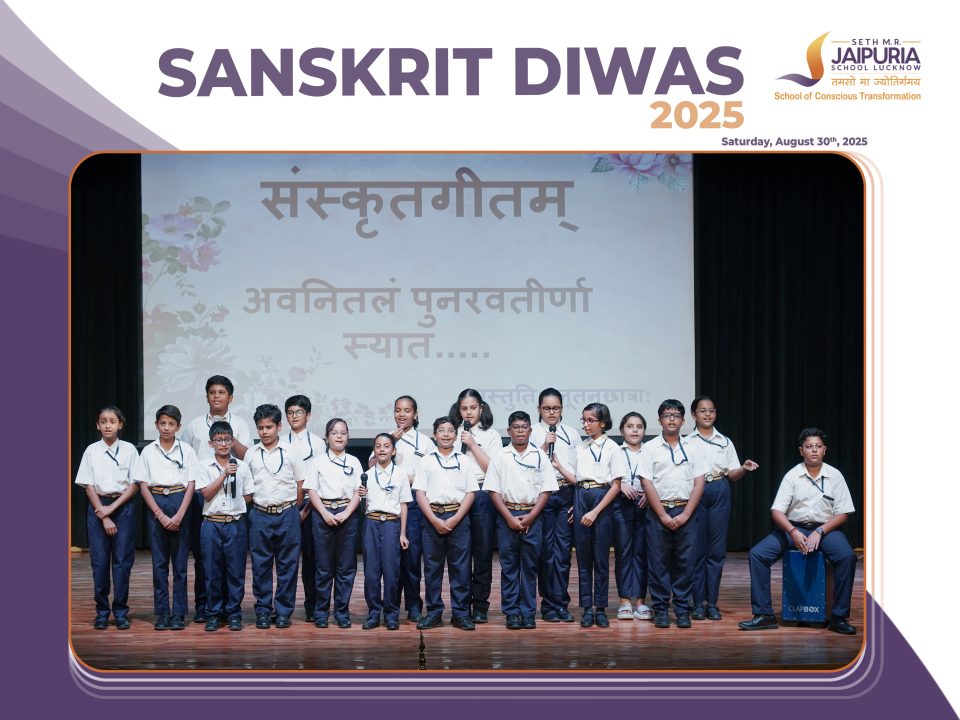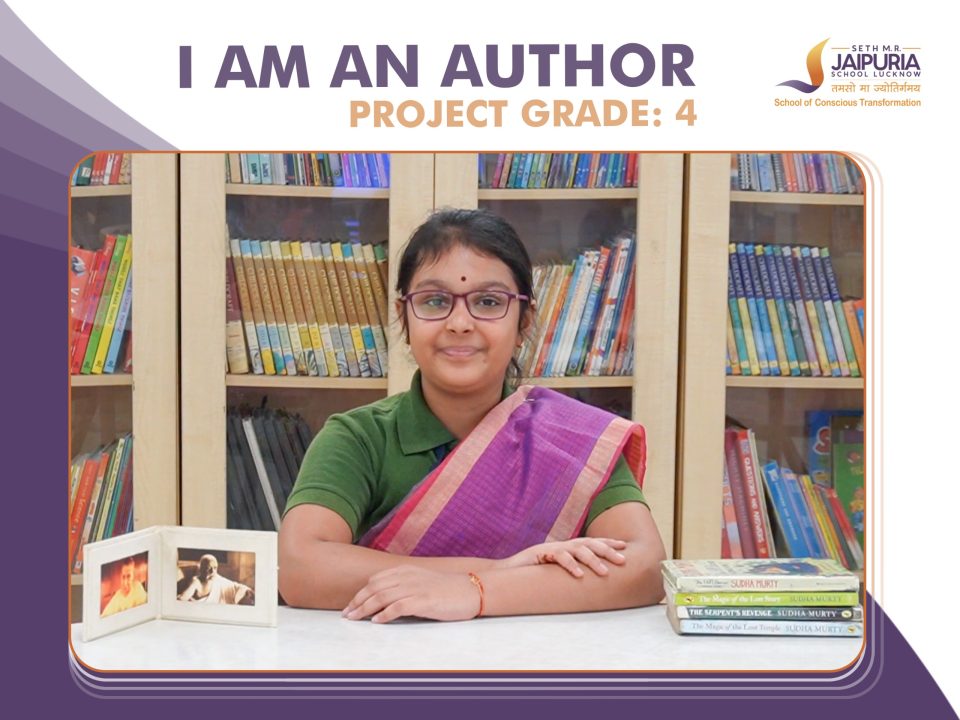
Glimpses from Our Spiritual Retreat 2025, Edition 8
May 18, 2025
Day 2: Spiritual Retreat – Edition 8 | Understanding the Upanishads | Seth M.R. Jaipuria School
June 5, 2025With divine blessings guiding the way, the 8th edition of the much-loved Spiritual Retreat came to life at Seth M.R. Jaipuria School, Gomti Nagar, Lucknow. The school was filled with a blissful energy as students, their hearts full of excitement, arrived with their bags packed and smiles on their faces. After bidding heartfelt goodbyes to their parents, they stepped into the retreat, ready to embrace the journey ahead.
The day commenced with an introduction to the purpose of the retreat. Prof. Sampadananda Mishra, Dean of Culture and Director of the Centre for Human Sciences at Rishihood University, emphasised that true spiritual aspiration is rooted in self-transformation:
“The aim of the spiritual retreat is to consciously transform oneself and realise divine attributes like perfection, beauty, and harmony.”
This journey, he explained, is not about instant enlightenment but a steady, step-by-step process of aligning oneself with higher truths.
He then introduced the sacred source of all knowledge—the Vedas—describing them as “the root of all Dharma and Jnana.” He explained that the Vedas encompass multiple layers of interpretation: geographical, scientific, ritualistic, spiritual, and esoteric. This diversity underscores their universality and depth.
One of the central concepts discussed was the Four Realisations of the Vedic Rishis:
Recognition of a Greater World:
The Rishis, through their elevated consciousness, realised that the world we experience is just a fragment. Beyond it lies a higher truth of light, bliss, and divine presence:
“There is a greater world than the world in which we live. There is a greater light, a greater truth.”
Manifestation of the Divine in Finite Forms:
They understood that divine truth manifests in countless forms—every object, being, and event reflects this divine presence.
Divine Presence in Everything:
Their elevated consciousness led to the realisation that divinity pervades all creation, in both essence and manifestation.
Unity in Multiplicity:
Despite the plurality of forms, the Rishis perceived the underlying oneness in creation—the realisation of unity amidst diversity.
Prof. Sampadananda Mishra emphasised that these realisations help us understand the core of Vedic knowledge and the vision of life as divine. He encouraged attendees to contemplate deeply on these truths, stressing the importance of silence and inner reflection:
“Contemplate on these four messages and repeat them. Slowly, questions will arise, leading to deeper understanding.”
He also highlighted the importance of discipline and Tapas—inner austerity—as tools to transcend attachments and manifest divine qualities:
“Self-discipline, rigorous sadhana, and inner purity are essential to attain divine realisation.”
The divine virtues—humility, patience, and compassion—are manifestations of Daivi Sampad, which help eradicate ignorance and open the inner sight.
Another significant symbol discussed was the Shankha (conch), which resonates with divine sound and Shiva’s energy. Prof. Sampadananda Mishra explained its spiritual importance, emphasising that such symbols connect us to higher consciousness:
“The Shankha is a divine symbol, representing the call to spiritual awakening.”
The morning session concluded with students attempting to blow the conch. As they practised, Prof. Sampadananda shared that this practice also supports healthy lung function.
In the evening, the discourse turned inward, focusing on the deeper levels of realisation. Prof. Sampadananda explained that ignorance (Avidya) stems from exclusive concentration, which limits perception and keeps us entangled in the physical and mental realms. The solution lies in balanced awareness and inner discipline:
“Giving too much importance to external objects leads to darkness; true light comes from inner vision.”
He outlined four stages of mastery as essential steps in the transformation from man-human to man-divine, stating:
“If we follow these four steps with conviction, willingness, persistence, and faith in divine grace, we are on the right path to mastery.”
The four stages are:
Conviction that Change Can Happen:
“You must be convinced that the change can happen. The first stage is the utmost conviction—faith that transformation is possible.”
This conviction, or shraddha, forms the foundation and inspires one to pursue spiritual growth.
Willingness to Change (Sankalpa):
“The second stage is a willingness to change. It means making a firm resolve—‘I am ready to change myself.’ When you have that resolve, the journey begins.”
Here, the individual actively commits to inner transformation.
Persistence Despite Obstacles:
“The third stage is to persist in your will, whatever obstacles or failures you encounter. Keep moving forward, do not give up.”
Continued effort, even in the face of adversity, is key.
Unflinching Faith in Divine Grace:
“The fourth stage is having unwavering faith in the grace of the Divine. When you surrender with full trust, divine grace supports your efforts.”
This final stage represents surrender and alignment with the divine.
An important piece of wisdom shared was that manifesting divine virtues (Daivi Sampad)—such as humility, purity, patience, and love—is essential for transcending attachments and aligning with divine harmony.
“If our life is not aligned with the ultimate truth, then our efforts go in vain. When aligned, everything becomes a source of strength.”
Prof. Sampadananda Mishra also explained the progression from ‘man’ (human) to ‘man-human’, and finally to ‘man-divine’:
Man-Animal: At the most basic level, one identifies with instinctive impulses and limitations. This is the state of unconscious ignorance.
Man-Human: With conscious effort and spiritual practice, one rises above animalistic tendencies and begins to embody compassion, awareness, and moral values.
Man-Divine: The final stage is awakening the divinity within, manifesting higher consciousness, unity with the divine, and inner realisation.
The day concluded with students watching Sri Aurobindo: The Beginning of Spiritual Journey, a powerful film that depicted his inner transformation during imprisonment. Through intense courtroom scenes, solitude, and awakening, students witnessed how a revolutionary became a spiritual master.
After the screening, a student shared:
“This film deeply moved our entire group. It left such a strong impact that we’ve decided to base our presentation on its powerful message. We will be enacting the story of Sri Aurobindo on stage, focusing on his journey of spiritual awakening.”
























